





- November 11, 2022
- 127 Views
When it comes to developing an app, there's a lot to consider. Not only do you need to create a user-friendly interface and design, but you also need to make sure your app is able to meet the demands of the user. And as technology continues to evolve, so too do user expectations. Nowadays, users expect apps to be not only functional but also intelligent. This is where artificial intelligence (AI) and machine learning come in. We can see the tremendous growing market for implementing AI and Machine learning in the UAE and other Middle East regions in the last few years.
-
Table of Contents
-
- 1. How to Implement AI and Machine Learning in Your Existing Application?
- 2. What Are the 5 Reasons to implement AI and Machine Learning in an app?
- 3. AI Technologies Popularly Used in Mobile Apps
- 4. What Should You Consider Before Implementing AI and ML in an App?
- 5. What Are The Solutions To the Most Common Challenges In AI Tech?
- 6. Parting Thoughts
- 7. FAQs
-
Table of content
AI and Machine Learning are two of the most exciting and rapidly growing fields in computer science. AI is concerned with the development of intelligent agents, which are systems that can reason and learn on their own. Machine learning is a subset of AI that deals with the development of algorithms that can automatically improve given data.
In this blog post, we will explore how to implement AI and ML in your existing app, along with its core benefits. From increased engagement to better decision-making, read on to learn more about how these technologies can benefit your business.
How to Implement AI and Machine Learning in Your Existing Application?
-
ReasoningReasoning is a sort of thinking that includes making inferences from proof and drawing decisions on new issues. For instance, when you see a mug, you know it can carry liquid, as it has a handle; this compliance and decision are based on previous knowledge about cups and handles.
One great example of AI is something like Google Assistant. It can use ML to more accurately understand what you're saying and respond appropriately, like looking up directions based on your location and the time of day or playing music that's perfect for your mood and preferences. -
RecommendationRecommendation is a crucial use case of AI and ML. A good example of this is the recommendations we see on our mobile apps. For instance, Netflix uses machine learning to provide new TV shows based on our tastes, and Spotify recommends music for us based on what we normally like to hear.
Hotels like Booking also make use of machine learning in order to recommend hotels with similar features as those from previous stays. -
BehavioralThis analytics utilizes machine learning algorithms to notice user behavior based on their actions within a website or an app. This can help organizations better know their target audience, letting them deliver more appropriate content or customize their marketing campaigns accordingly.
An excellent example of this is Google Analytics. The tool tracks website viewers and gathers data about them, including where they came from, what actions they took, what pages they visited on your website, and so on.
This data can be precious to enhance your app experience since it lets you see exactly what works well with your consumers and what doesn't.
What Are the 5 Reasons to implement AI and Machine Learning in an app?
- To improve customer satisfaction – By using AI and machine learning, you can provide your customers with a more personalized experience that is tailored to their specific needs and preferences. This can result in increased customer satisfaction and loyalty.
- To increase sales and revenue – AI and machine learning can help you to better understand your customers' buying habits and preferences. This knowledge can then be used to design targeted marketing campaigns that are more likely to result in increased sales and revenue.
- To improve decision-making – AI and machine learning can help you to make better decisions by providing you with insights that would otherwise be unavailable. For example, you may be able to use data from past customer behavior to predict future trends.
- To reduce costs – By using AI and machine learning, you may be able to automate tasks that are currently being carried out by humans. This could lead to significant cost savings for your business.
- To stay ahead of the competition – AI and machine learning are becoming increasingly commonplace in the business world. If you want to stay ahead of the competition, it's important that you implement these technologies in your own business as well.
AI Technologies Popularly Used in Mobile Apps
-
Natural Language ProcessingNatural language processing (NLP) is a field of AI, computer science, and linguistics concerned with the communications between computers and human (natural) languages. As such, NLP is associated with the area of human-computer interaction.
Many challenges in NLP involve teaching computers to understand human language as it is spoken or written. In practical terms, this generally means developing algorithms that can automatically analyze and interpret large amounts of text (such as books, articles, and conversation transcripts) to extract meaning from them and recognize different types of linguistic content (such as Named Entities, parts-of-speech, relationships between words, etc.). -
Text RecognitionOne of the most popular applications of AI in mobile apps is text recognition. This technology can be used to automatically read and extract text from images, such as scanned documents or photos. This can be extremely useful for tasks such as digitizing paper documents, translating text from one language to another, or extracting contact information from a business card. Text recognition is also often used for security purposes, such as authenticating a user by their signature or scanning a QR code.
-
Virtual Personal AssistantsVirtual personal assistants are one of the most popular applications of artificial intelligence in mobile apps. By using natural language processing and machine learning, virtual assistants can understand and respond to user requests. Some popular examples of virtual personal assistants include Apple's Siri, Google Assistant, and Amazon Alexa.
Virtual personal assistants are constantly getting smarter as they learn from user interactions. For example, Siri gets better at understanding users' intent as more people use it. Virtual personal assistants can also be customized according to each user's preferences. For instance, you can train Siri to recognize your voice and give you personalized results based on your interests. -
Predictive AnalyticsPredictive analytics is a branch of artificial intelligence that deals with making predictions about future events or behaviors. It is based on the idea that past behavior can be used to predict future behavior.
Predictive analytics has become increasingly popular in recent years as more and more organizations have started to collect data on their customers' behaviors. This data can then be used to build models that can predict what these customers are likely to do in the future.
There are a number of different predictive analytics techniques that can be used, including machine learning, statistical modelling, and artificial neural networks. These techniques can be used to make predictions about a wide range of different events, such as what products a customer is likely to buy, how often they are likely to use a particular service, or what kind of behavior they are likely to exhibit.
Predictive analytics can be used in a number of different ways in mobile apps. For example, it can be used to personalize the user experience by providing recommendations for products or services that may be of interest. It can also be used to target marketing messages at specific users or to detect fraudulent activity. -
Computer VisionComputer vision is a field of artificial intelligence that deals with how computers can be made to gain a high-level understanding of digital images or videos. From the perspective of engineering, it seeks to automate tasks that the human visual system can do.
Applications of computer vision include object recognition, facial recognition and detection, scene reconstruction, video tracking, and activity recognition. Computer vision is closely related to image processing, pattern recognition, and machine learning. -
Augmented RealityAR has been used in mobile apps for years but has gained increased attention and adoption in recent years due to advances in hardware and software.
Some of the most popular AR mobile apps include Pokemon GO, Snapchat Lenses, and Instagram Stories. These apps use AR to provide an enhanced user experience by overlaying computer-generated images on top of the real world. For example, Pokemon GO uses AR to place virtual creatures in the real world for users to catch, while Snapchat Lenses use AR to apply live filters to users' faces.
AR is also being used in more practical applications, such as navigation and retail. Google Maps recently added an AR walking navigation feature that superimposes walking directions on top of the real world through a user's smartphone camera. This can be particularly helpful when trying to navigate unfamiliar areas or crowded streets. In retail, Ikea has developed an app that allows users to place virtual furniture in their homes to see how it would look before making a purchase.
As AR technology continues to evolve, we can expect to see even more creative and innovative uses for it in mobile apps.
What Should You Consider Before Implementing AI and ML in an App?
There are a few things you should consider before implementing AI and machine learning in your app. Here are a few of those things:
- What is the purpose of your app?
- How will AI and machine learning be used in your app?
- What data do you have that can be used for training AI/machine learning models?
- How much data do you need to train AI/machine learning models?
- How will you collect the data needed to train AI/machine learning models?
- What infrastructure do you need in place to support AI and machine learning (e.g., CPUs, GPUs, TPUs)?
- Who will develop the AI and machine learning models?
- How will the AI and machine learning models be tested and deployed?
What Are The Solutions To the Most Common Challenges In AI Tech?
The most ordinary challenges in AI tech are typically related to data. Data can be unstructured, meaning it doesn't fit neatly into rows and columns like a typical database. This can make it difficult to use traditional machine learning algorithms on this type of data. In addition, data can be "dirty," meaning it may contain errors or be incomplete. This can introduce bias into your models and lead to inaccurate results.
There are a few ways to overcome these challenges. One is to use newer methods of machine learning that are designed for working with unstructured data. Another is to clean up your data before using it for training. This can be done by identifying and correcting errors, filling in missing values, and removing outliers. Finally, you can use techniques like feature engineering to transform your data into a format that is more suitable for machine learning.
Parting Thoughts
AI and machine learning are two of the most exciting fields in computer science today. If you have an existing application, there are many ways you can implement AI and machine learning to make it more user-friendly and efficient. In this guide, we've covered some of the most popular methods for doing so.
Always consider a trusted mobile app development company with expertise in AI and ML to implement these technologies. We hope you found this guide helpful and that you're able to use it to take your application to the next level.
FAQs
What is AI?
AI stands for artificial intelligence. AI is the outcome of applying cognitive science strategies to artificially build something that do tasks that only humans can do, such as reasoning, natural communication, and problem-solving.
What is Machine Learning?
Machine learning is basically a subset of AI that handles the construction and study of algorithms that can learn from and make predictions on data.
How do I get started with AI and Machine Learning?
If you're looking to get started with AI and machine learning, there are a few things you need to keep in mind. First, you need to have a clear understanding of what AI and machine learning are and how they can be used to improve your application.
Second, you need to identify the data that you'll need to train your models. Finally, you need to select the right tools and resources for developing your AI and machine learning solution.
What are some common pitfalls when implementing AI and Machine Learning?
When implementing AI and machine learning into an existing application, there are a few common pitfalls to avoid:
1. Not Defining the Problem or Goal
Before starting to implement AI or machine learning, it is important to first define the problem or goal that you are trying to solve. Without a clear goal in mind, it will be difficult to measure the success of your implementation.
2. Lack of Data
Another common pitfall is not having enough data to train your models. In order for AI and machine learning to be effective, you need a large amount of data to work with. If you do not have enough data, your models will not be able to learn and improve.
3. Poorly Designed Models
Another common mistake is designing models that are too complex or not well suited for the task at hand. This can lead to poor results and wasted time and resources. It is important to design models that are simple enough to understand and implement but also powerful enough to get the job done.
How to Implement an AI model in a mobile app?
If you want to use AI in your mobile app, there are a few things you need to do first. First, you need to select and train your AI model. Second, you need to implement the model in your app. There are many different ways to select and train an AI model. One popular method is to use a machine learning platform like TensorFlow or Amazon SageMaker.
These platforms provide pre-built models that you can use or customize for your own needs. Once you have selected and trained your AI model, you need to implement it in your app. This can be done using a mobile SDK like TensorFlow Lite or Core ML. These SDKs allow you to run your trained models on mobile devices.
When implementing an AI model in a mobile app, it is important to consider the different types of data that will be used. For example, image data is often used in computer vision applications. If you are using image data, you will need to consider how to pre-process the data and how to make sure the data is correctly formatted for the model.
What are the five significant steps to implement machine learning?
- Collect and prepare data: This step involves collecting data from various sources and then preparing it for use in training machine learning models.
- Train machine learning models: In this step, you will train a variety of machine learning models using the prepared data.
- Evaluate machine learning models: Once the models are trained, you will need to evaluate their performance to choose the best one for your needs
- Deploy the chosen model: After you have selected the best model, you will need to deploy it in your application.
- Monitor and maintain the deployed model: Once the model is deployed, you will need to monitor its performance and make sure that it continues to work well over time.
About Author
You May Also Like

Mobile applications play a vital role in the development of multiple businesses in this digital world. Most companies are investing in iOS app development to strengthen their market appearance and dra
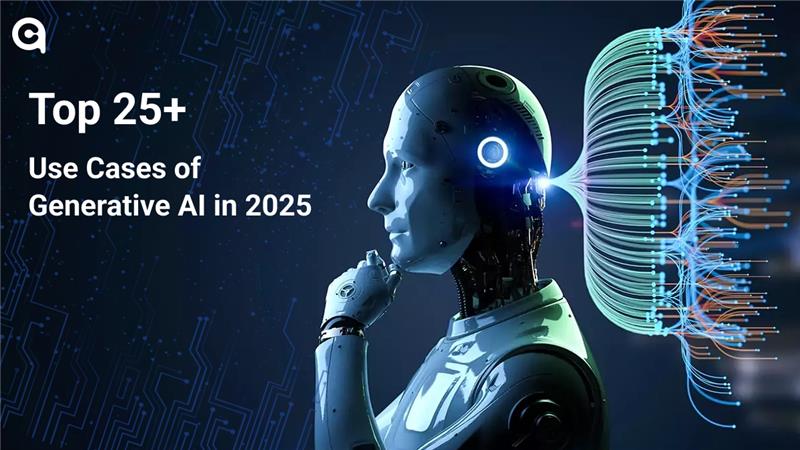
Generative AI? Is this still a question mark to you? If you don’t know what generative AI does, that would be a fair question, but it was not if you said that you haven’t interacted with
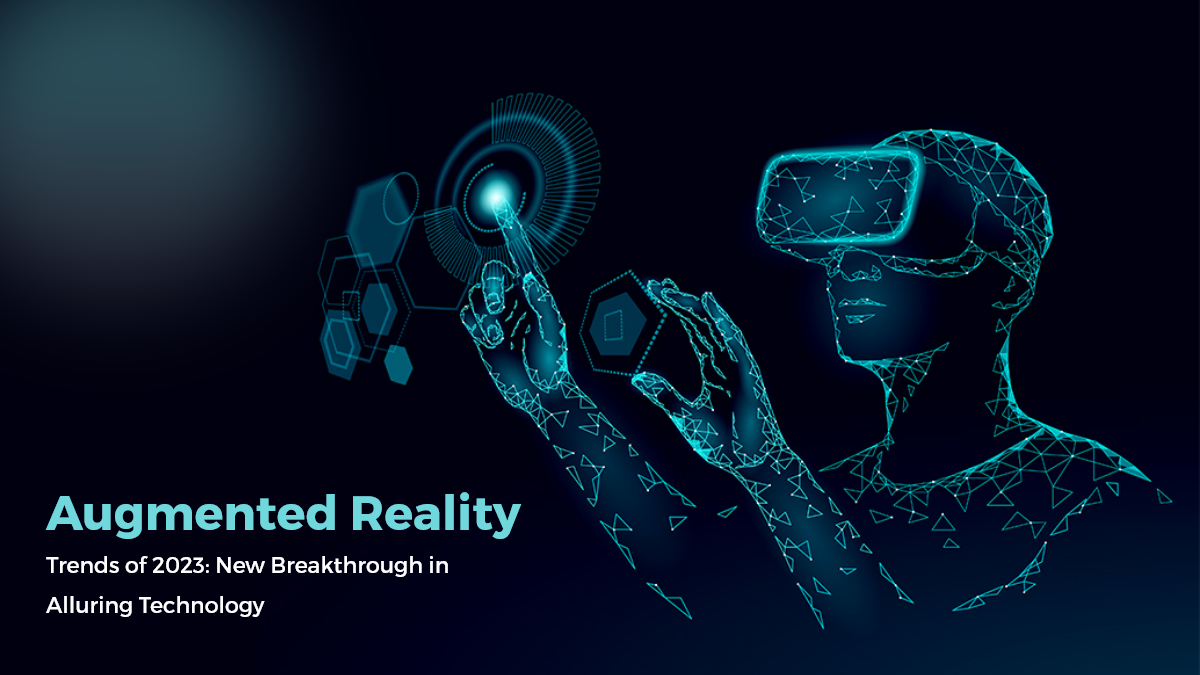
Technology has come a long way in the past decade, and augmented reality (AR) is one of the most exciting development fields. AR technology superimposes digital content into the real world, creating a

The world is digitizing at a very rapid pace, and in such a scenario, real estate businesses must also go digital to stay ahead of the competition. One of the best ways to digitize your business is de
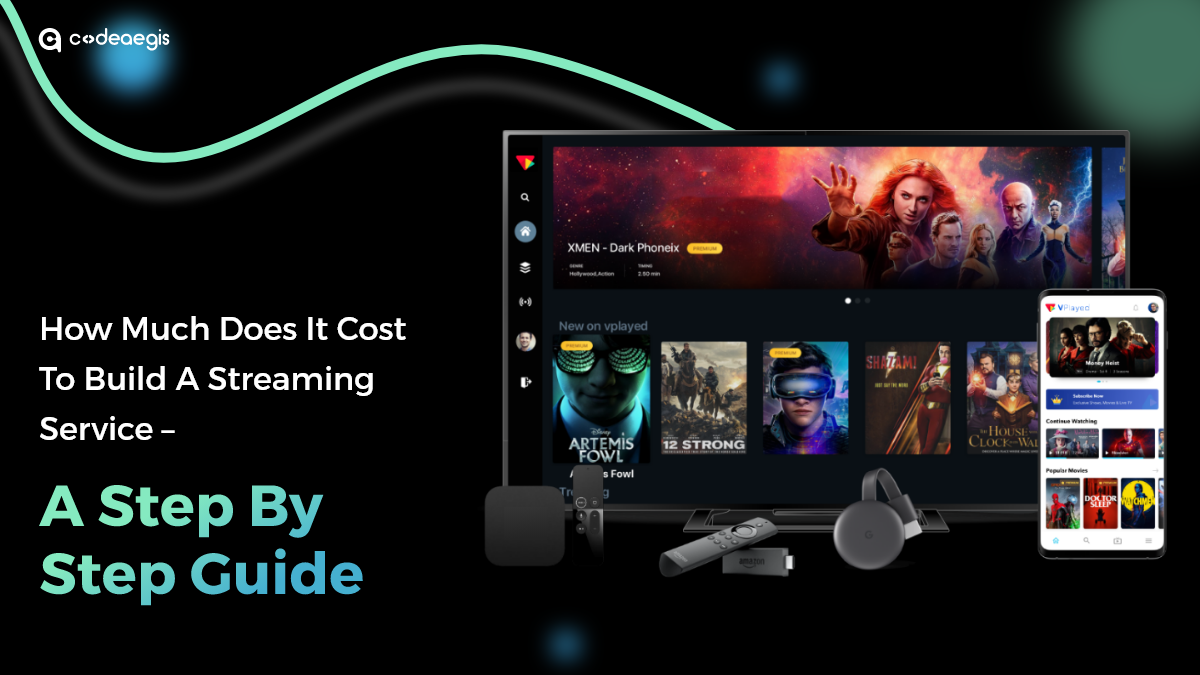
The rise of online video streaming services has revolutionized the entertainment industry, prompting businesses worldwide to explore the possibility of launching their own platforms. With giants like
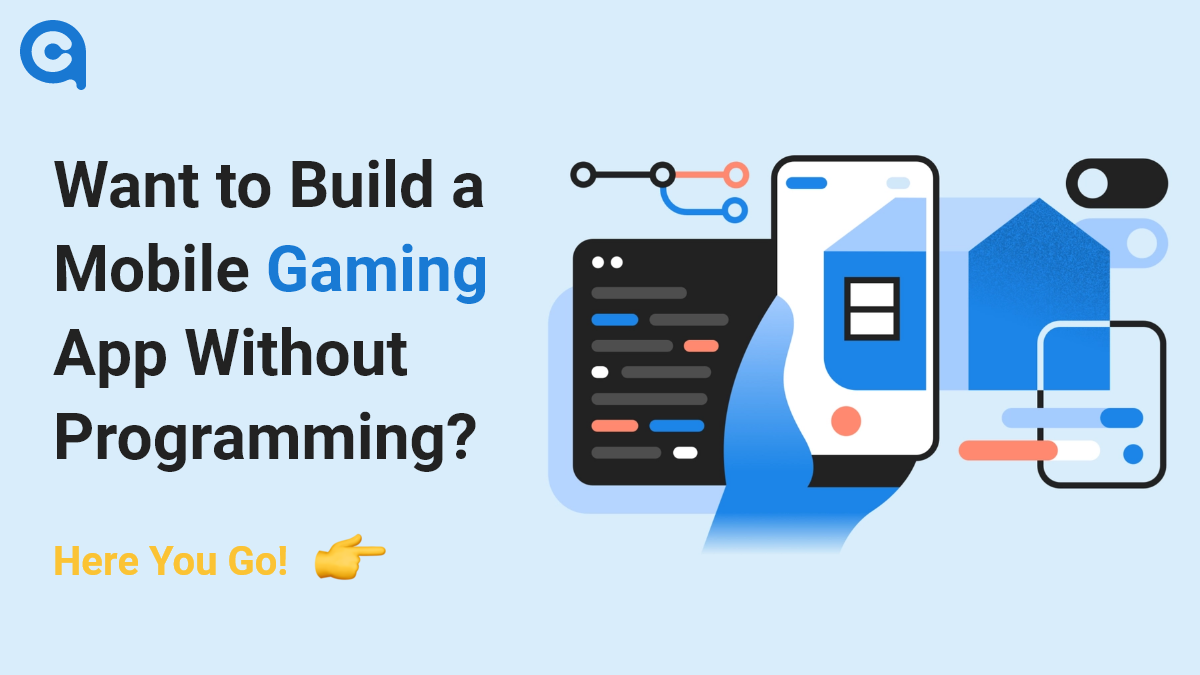
Do you want to build a simple app for your business? Do you want to create an app that enhances the experience of users who play games on their smartphones? Whatever your reason, I have created this g

Do you run your own business and want to build an Android app? If yes, you must know about the latest technology trends playing a significant role in the android app development process. Technology i

By 2024, we all know that technology will be the future. What excites me the most is that technology has covered all the dimensions of businesses, enabling them to attain their potential and efficienc
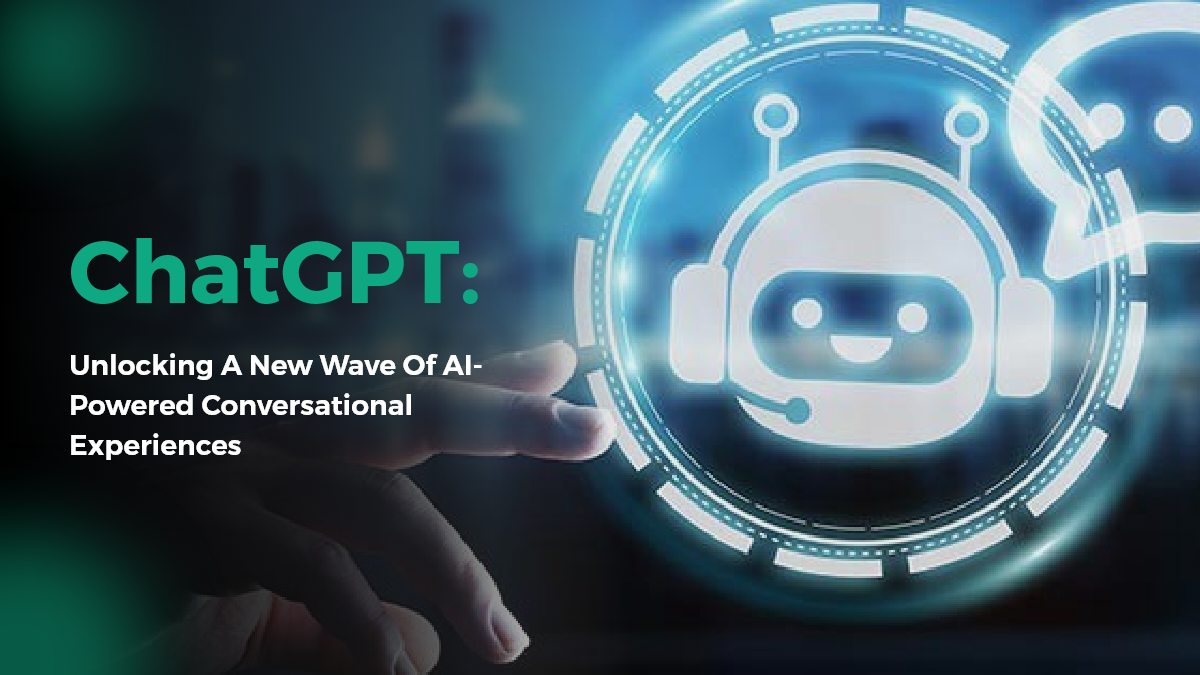
Table of Contents 1. What is ChatGPT? 2. What Are the Top Benefits of ChatGPT? 3. How Does ChatGPT Work? 4. Challenges With ChatGPT 5. ChatGPT and the Future of AI 6. Final Thoug

Rental businesses are gaining market share by offering essential services that help other businesses minimize downtime and maximize profitability. This growth trend is particularly strong in the servi

Is your business still relying on off-the-shelf software solutions that don’t efficiently meet your unique business requirements? If your mind instantly says yes, then let’s explore why in

If you’re planning to enter the fast-growing fantasy sports market, one of the most critical aspects considered is “What will it cost to build a fantasy sport that stands out and drives t

Having a mobile application is no longer a luxury—it's an essential tool for instantly capturing the market! To stand out in the rental businesses, a company must adopt tech-driven preferences

It's no secret that the digital world has transformed many aspects of our lives, and it is only going to continue changing in ways we can't even imagine yet. To help businesses keep up with this rapid

The mobile app market has grown to a staggering size, with over 1.8 million apps available in the Google Play Store and Apple App Store combined. Mobile apps have become a necessity for people worldwi
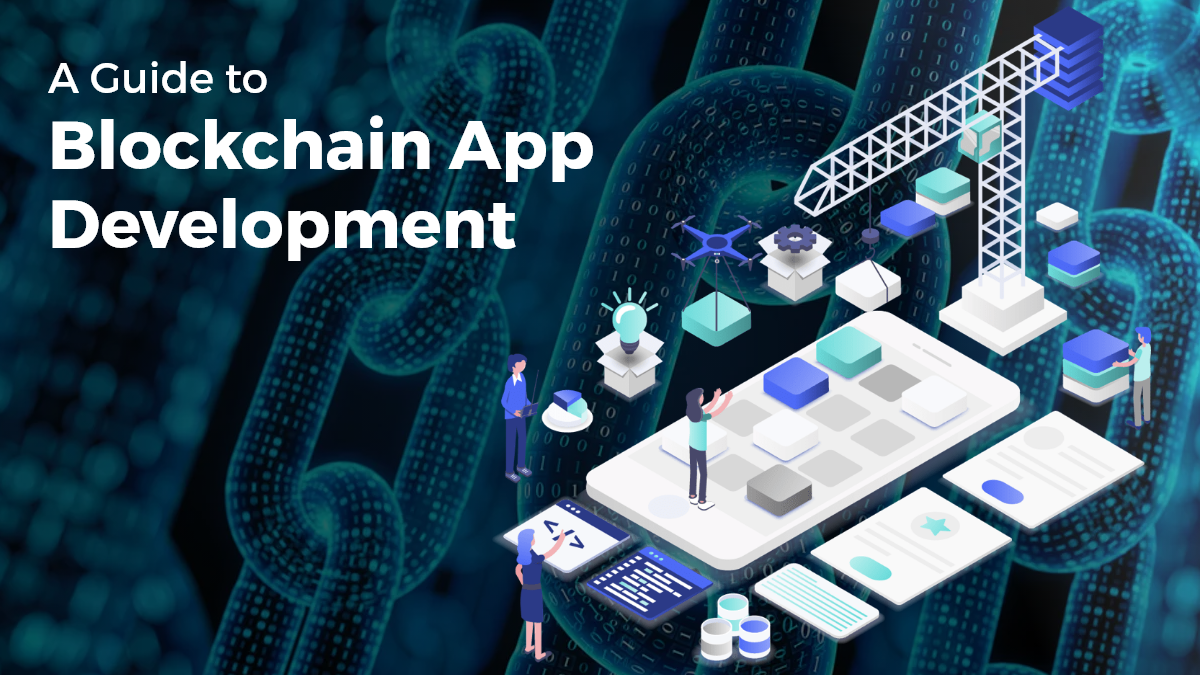
Blockchain technology has been a hot topic recently due to its potential to revolutionize various industries. Blockchain is a distributed ledger technology that ensures transparency, security, and dec

Prime Minister Narendra Modi eventually launched 5G in India at the 6th edition of the IMC (India Mobile Congress). Reliance Jio and other telecom organizations documented the various use cases of 5G

DeFi is a new kind of investment that’s taking the world by storm. So what is it? Essentially, DeFi is a digital asset class that allows you to invest in cryptocurrencies and other digital asset

The two hottest frameworks in the mobile app development world are Flutter and React Native. They’re both cross-platform solutions that allow you to write code once and deploy it to Android and

IPTV has established itself as a prominent technology that is gaining traction with its comprehensive platform applications. Unlike traditional methods like satellite, cable, or TV, IPTV has accelera

Do you know what digital transformation with AI is and how it can impact your business? Organizations today are under pressure to digitally transform to stay competitive. This digital transformation

You’ve likely heard the term “Artificial Intelligence” or AI until now—It’s 2025. But have you ever paused to consider how deeply AI has woven itself into the web of our

Blockchain technology and web development are two powerful innovations that have the potential to transform our world. While they may appear distinct, they share similarities and can work together to

Decentralized Finance (DeFi) is a modern and evolving region of finance that is less centralized and more open to innovation and collaboration. DeFi enthusiasts laud its prospect of disrupting convent

Gone are the days when people used to wave down a taxi on the street or wait for one at the airport. With the advent of technology, people can now book a taxi with just a few taps on their smartphones
Have you ever felt like you’ve attracted 30% more consumers to your shopping sales by using a technical hack to revive your shops? It would work like a person was crossing through next to your

Picture this: a world where traditional banking transforms into a cutting-edge, efficient, and transparent system that leaves everyone in awe. Blockchain, often met with skepticism and uncertainty, is

An extensive background working in Tech, Travel, and Education Industries. Currently involved in entire business operations process: Benefits strategy and implementation, systems integration, Human Re

In recent years, the gaming industry has seen a surge in popularity, with many gamers turning to online gaming platforms and console games in order to escape reality. With so many people playing video

Google released Android 13 beta 4 to the public, and with it comes a slew of new features and updates. In this article, we'll walk you through everything you need to know about the latest version of A

Picture this - a world where business transactions are seamless, secure, and transparent. This might have seemed like a distant dream before the advent of cryptocurrencies and blockchain technology, b

Blockchain technology is becoming the heart of multiple industries. It is robustly securing businesses through its core value, making it the first pick-up in the generative AIs. The blockchain is the

Nowadays, the digital presence has revolutionized business dynamics. App development is not just evolving but breaking traditional barriers and emerging as strong and progressive solutions. With robus

Nowadays, the financial industry has encountered massive digitization, and mobile apps play a significant role in it. There are a wide variety of money transfer apps available, catering to the needs a

Hiring a team of remote developers can be a daunting task, but it doesn't have to be. With a little bit of planning and the right approach, you can find the perfect candidates to build your dream prod

Businesses after COVID are going through several changes, and the food industry is no different. Restaurants that have been doing dine-in are now struggling to keep up with the demand for delivery and

Will DeepSeek and ChatGPT collide in the race for AI Supremacy? DeepSeek and ChatGPT are at the center of a heated debate that tends to shape the future of AI. The real-world implications and effecti
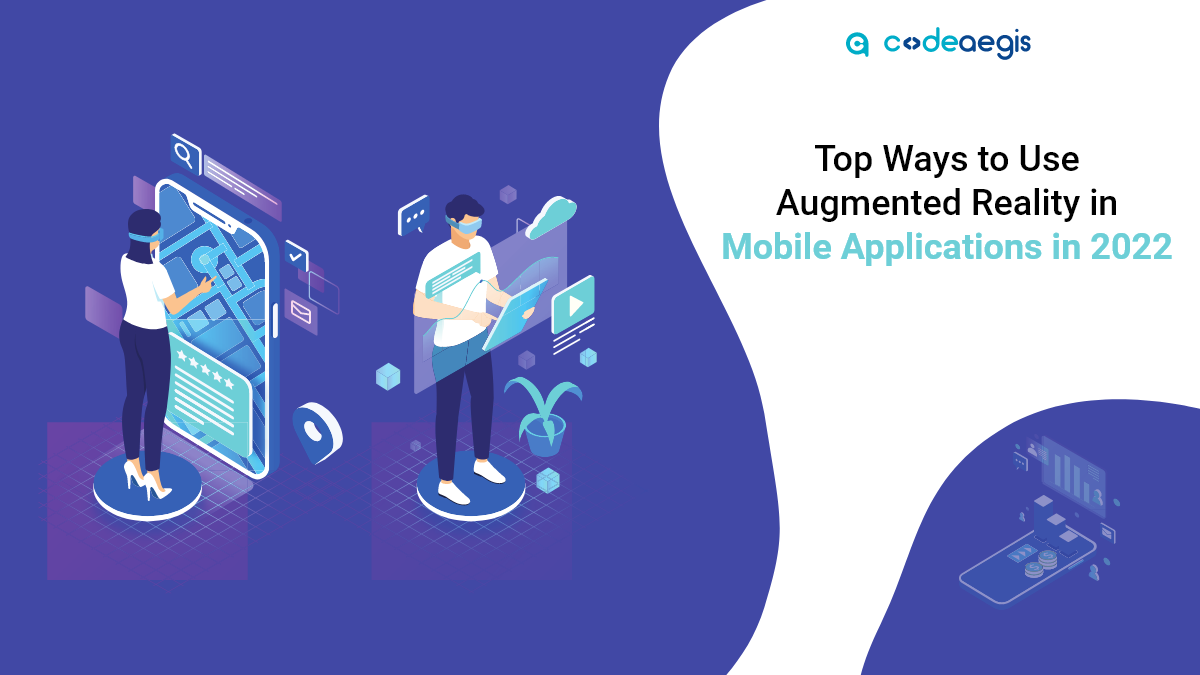
Augmented Reality and Virtual Reality are the two leading buzzwords in the technology era. What began as a completely new, significantly different technology has rapidly revolutionized into something

Social media apps are all the rage these days. People use them to connect with friends and family, to learn about new products and services, and to stay up-to-date on the latest news. But as popular a

In the last few years, wearables have become increasingly popular. Fitness trackers, smartwatches, and even smart glasses are becoming more and more commonplace. And as the technology improves and bec

Want to establish a new business or improve an existing one? You should consider using blockchain technology Being a distributed database, Blockchain allows for secure online transactions. This techn

When it comes to developing an app, there's a lot to consider. Not only do you need to create a user-friendly interface and design, but you also need to make sure your app is able to meet the demands
_replaceDesigningreplaceforoice-EnabledreplaceWebreplaceExperiences.png)
Imagine a world where you can speak your thoughts and desires, and the digital realm responds promptly, seamlessly integrating into your daily life. Whether you want to search for information, contro

The introduction of online payment applications has changed how people perform financial transactions. A mobile phone with a banking app lets you quickly resolve various financial matters.
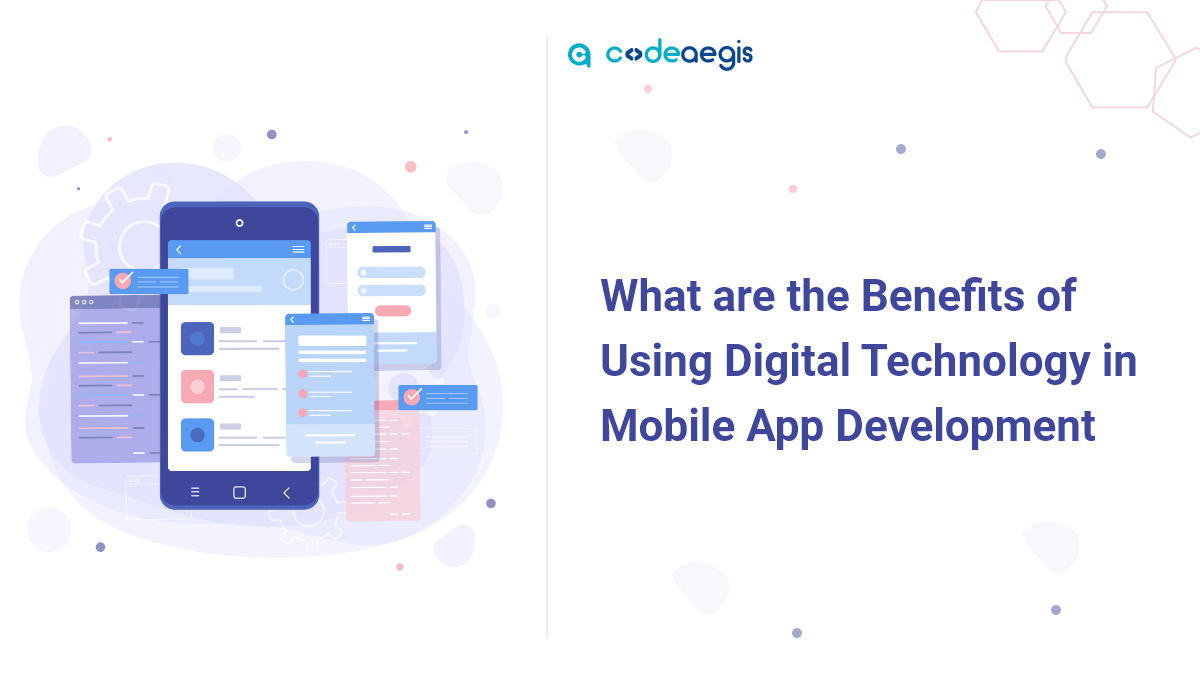
With the ubiquity of smartphones and tablets, it only makes sense that mobile app development - which is the process of creating applications for smartphones and tablet devices - is becoming more popu

The launch of Node.js 19 is now available! It substitutes Node.js 18 as the current launch line, with Node.js 18 being encouraged to long-term support (LTS) next week. What do these two launches mean
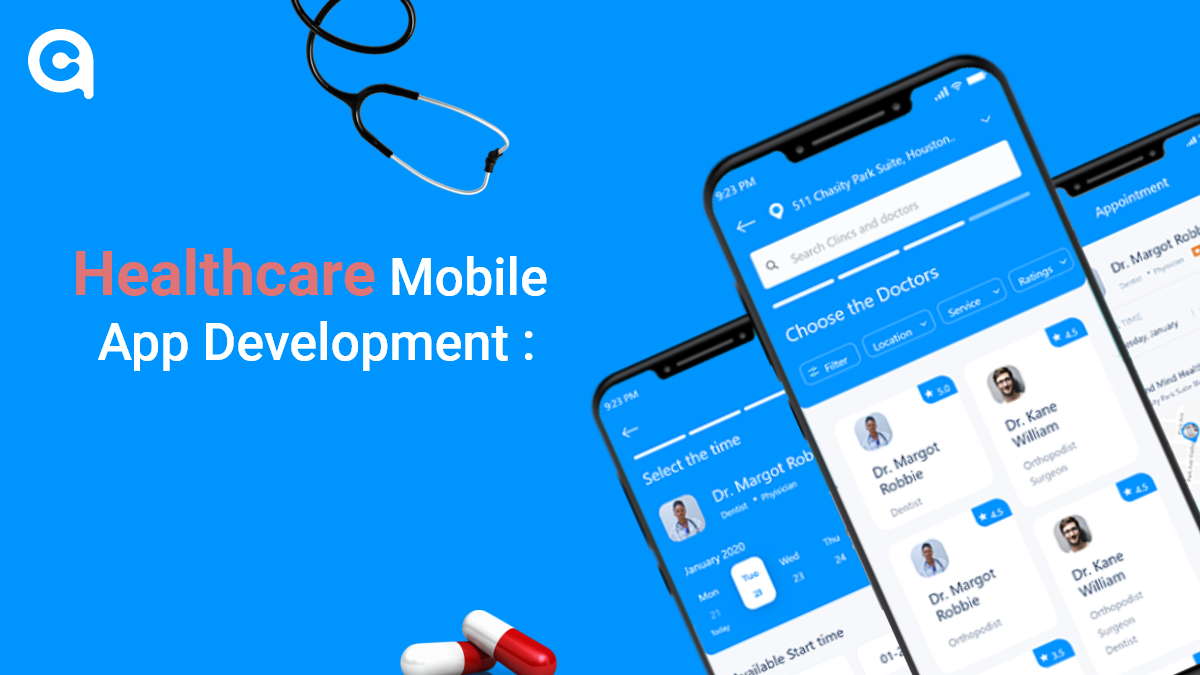
The healthcare industry is one of the most rapidly changing and growing industries worldwide. Mobile devices and apps have drastically changed how providers and patients interact and communicate.So, i
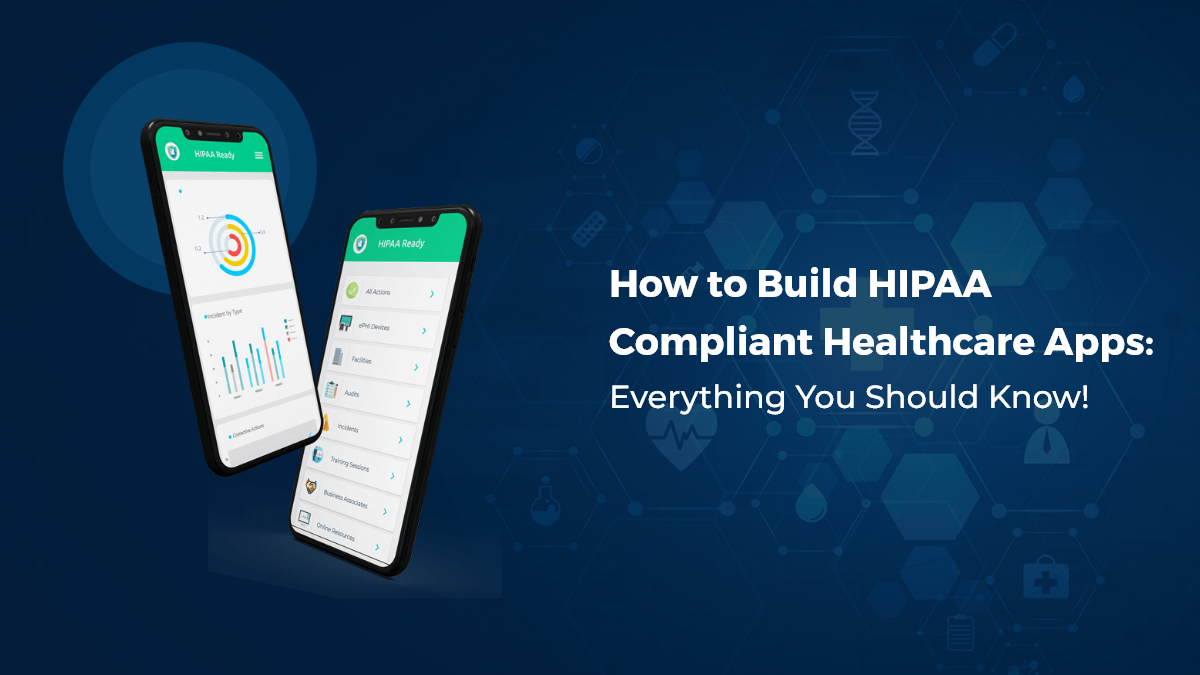
If you’re in the healthcare industry, then you know that data privacy and security are of utmost importance. In order to protect patients’ information, the Health Insurance Portability and

The gaming industry is proliferating with the advent of smartphones and PCs. Every age group, from children to adults, is well-engaged and fond of online gaming. The rapid evolution of mobile gaming a
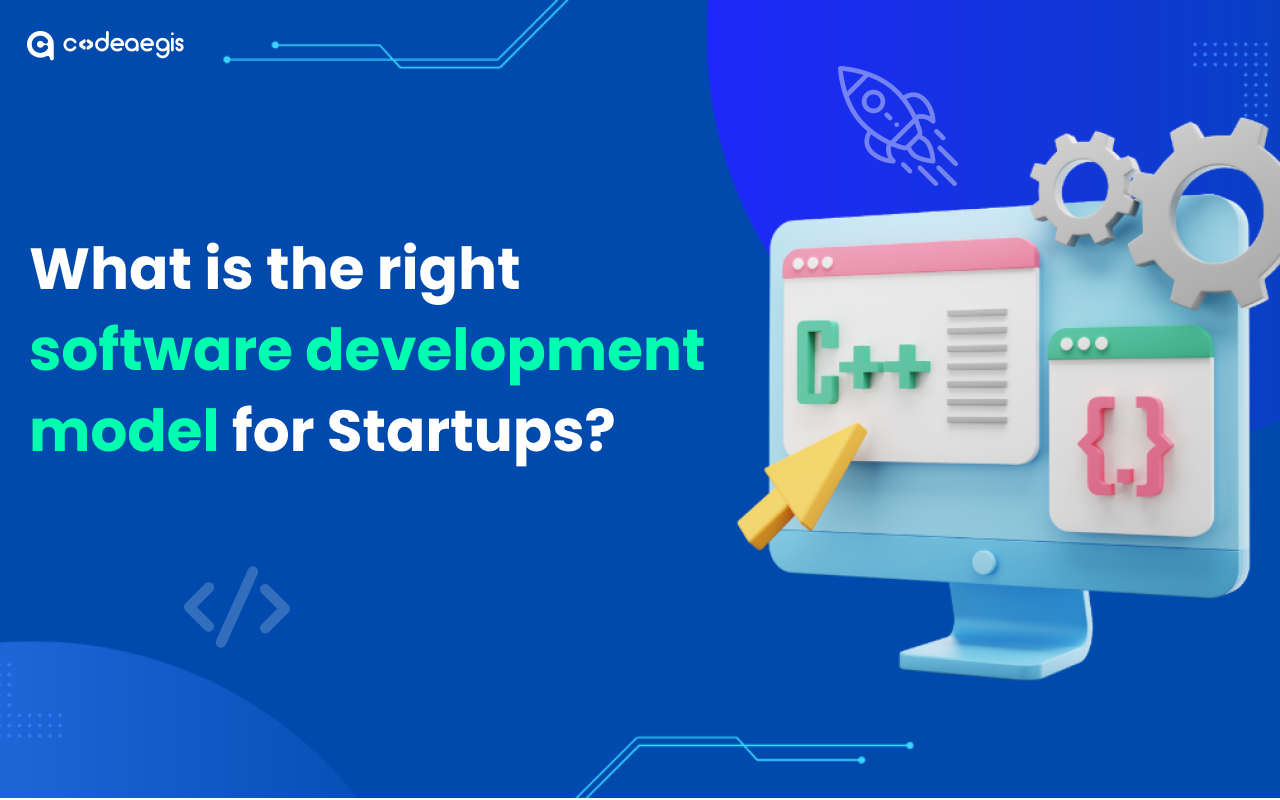
Sipping coffee and thinking of a startup has always been trendy. Similarly, hanging out with friends and promising them to start a business someday feels refreshing. Did you know that several success

Application development is essential to fostering business efficiency while accepting new changes. Depending on the specific requirements, 85% of businesses rely on software development solutions to s
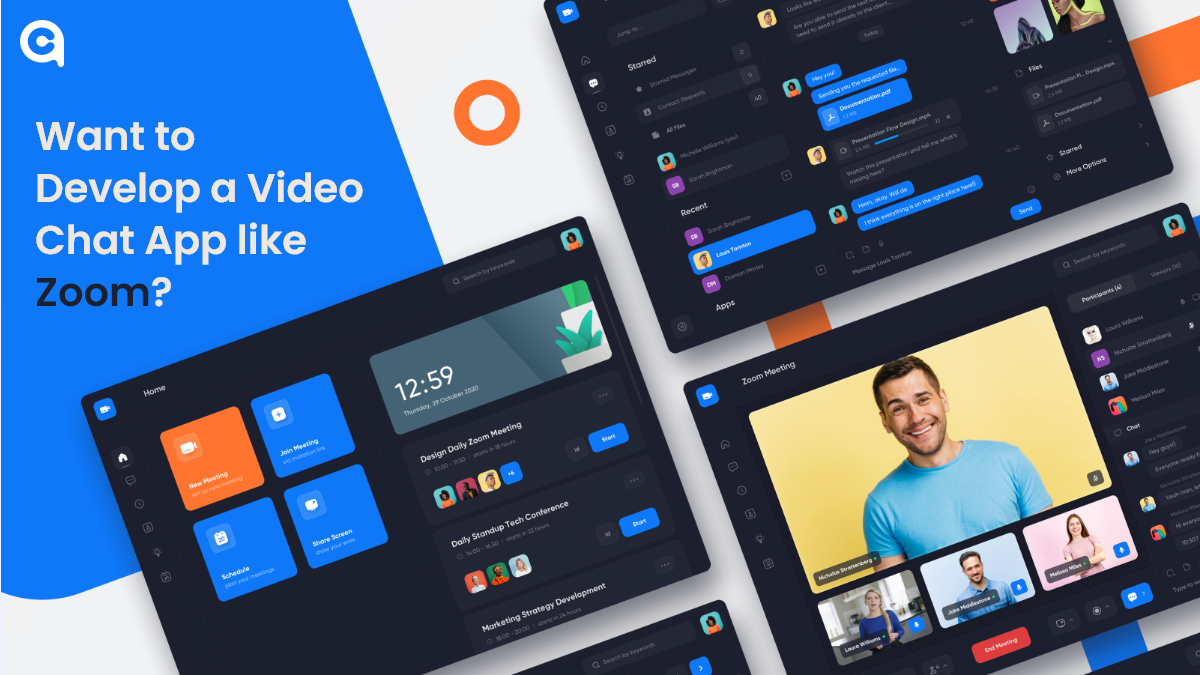
Depending on what niche you’re in, video chat apps are becoming increasingly common in the world of business and technology. Whether it’s a small startup company or a multinational corpora

Over-the-top (OTT) platforms like Disney Plus, Netflix, and Prime Video have gradually captured attention as traditional TV-watching methods have faded. Throughout the year, OTT platforms have created

In today's digital world, businesses must keep up with ever-increasing consumer expectations and find new ways to engage their audience. That's where Progressive Web Apps (PWAs) come in. PWAs are a r

Lately, the tech world has been abuzz with talk of the Metaverse, a groundbreaking concept that promises a shared virtual space where people can interact and engage with one another. This futuristic i

Imagine a classroom where history comes alive in the 3D model of historical events. Biology students can explore the unique complexities of a cell as they have practiced it with real-world examples, a

The world of gaming is rapidly evolving, and the latest buzzword is "metaverse." The term refers to a virtual world where users can interact with each other and digital objects in real time, using imm
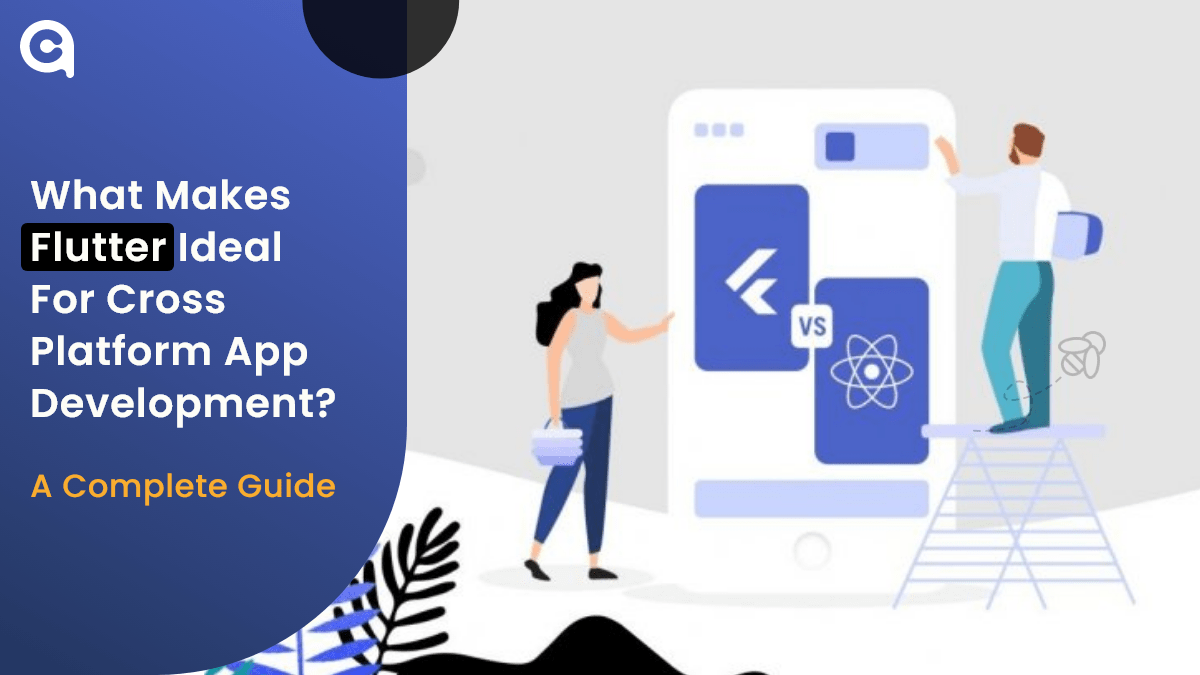
Table of Contents 1. What is Flutter? 2. Why Choose Cross-Platform Development? 3. Why is Flutter the Best Platform to Make Cross-platform Applications? 4. How Much Does it Cost to

Have you ever found yourself in a situation where you desperately needed a product or service but didn't have the time or energy to go out and get it? Well, fear no more because on-demand delivery app

Did you know that Dubai's prime residential market is projected to experience the world's strongest growth in 2025? The Middle East is buzzing with opportunities, especially in the realm of mobile app
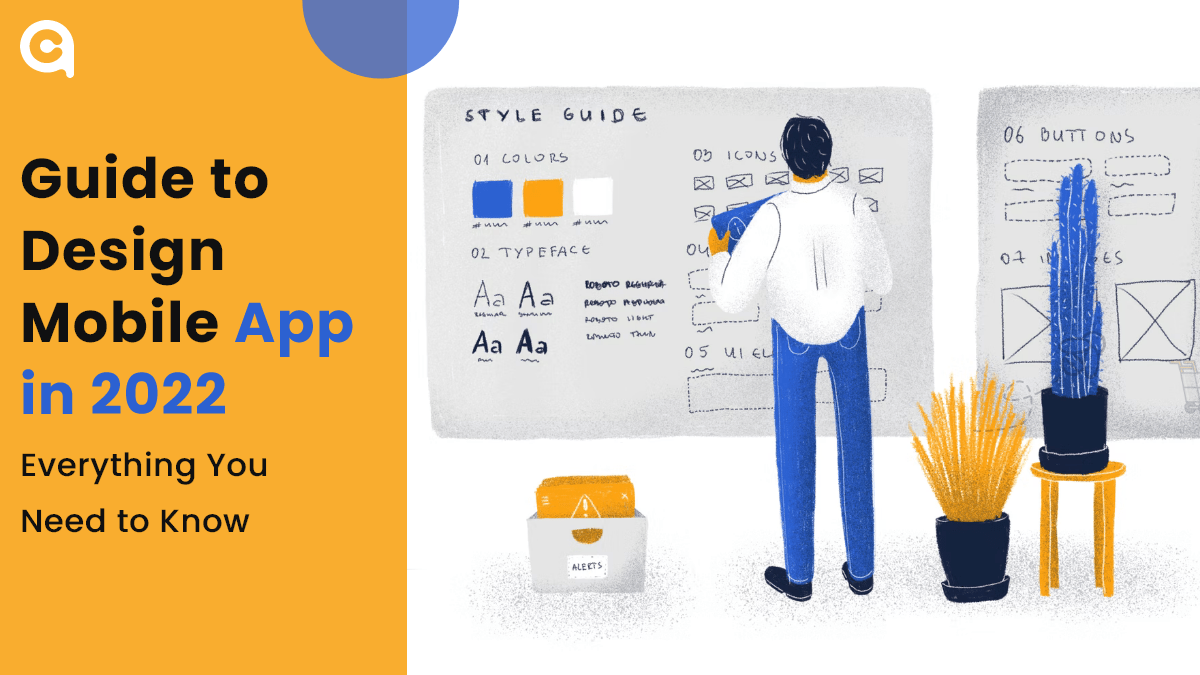
Are you looking to design a mobile app in 2025? Mobile application development is an ever-changing field, and it can be hard to keep up with the latest trends and best practices. But with this guide,

Mobile applications have dominated the market, helping businesses to reinforce their full potential. Not only for the rental business, but mobile apps play a critical role in establishing a solid foun

Things have changed dramatically over the years with new opportunities, techniques, and future advancements. Real estate is the best industry to invest in, though the procedure sometimes irritates. Me

With the advent of technology, the financial industry has experienced a massive transformation in the past few years. Fintech applications have revolutionized the way we manage and invest our money.
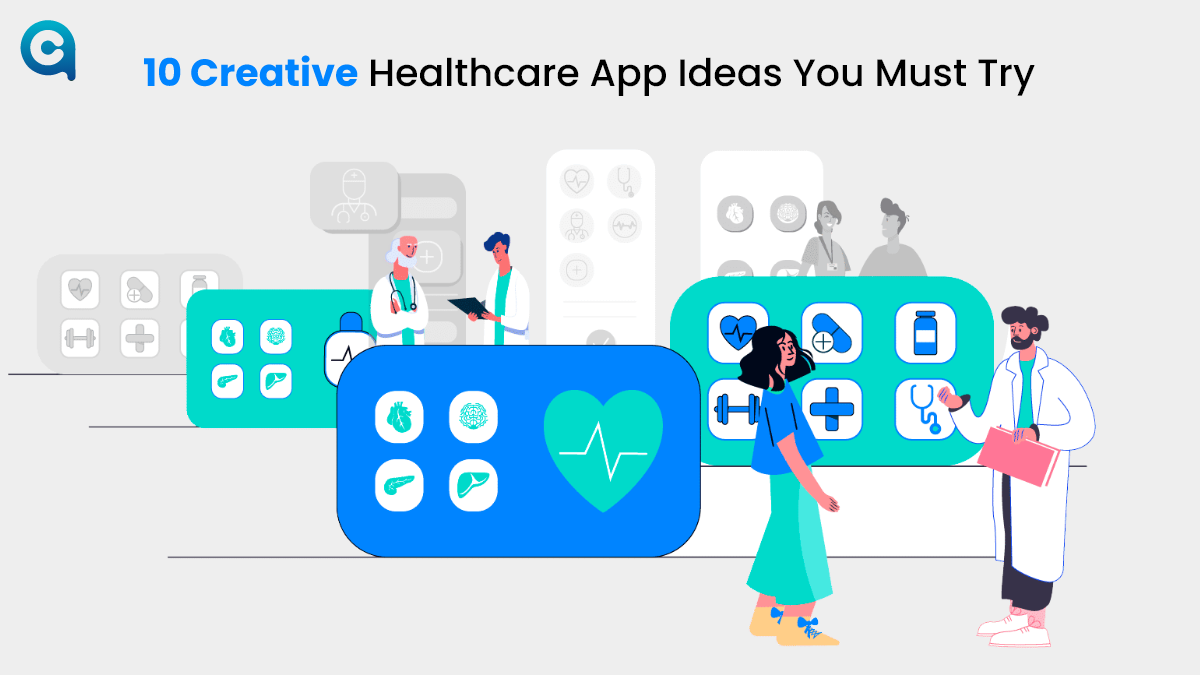
As we head into the future, more and more people are looking to find ways to improve their healthcare. And with good reason - healthcare can be expensive, and it can be difficult to get the right care

Businesses these days are looking to have an edge over their competition by having a strong online presence. A website is not enough anymore, and many companies are turning to mobile apps as a way to

Blockchain iѕ a technology that enables thе creation оf digital property with a secure record оf ownership. It’ѕ the backbone of Bitcoin, thе firѕt аnd most well-known cryptocurrency. B

When it comes to mobile app development, one of the most important things you need to consider is the prototyping process. This will allow you to create a working model of your app so that you can tes

As blockchain technology continues to evolve, so too does the landscape of projects built on its foundation. The worldwide Blockchain market is predicted to expand at a CAGR of 42.8% (2018-2023), dire

Are you aware that the world is going through a significant shift in the way we make payments? According to a recent report by Deloitte, the total value of digital payments worldwide is estimated to r

As the world of startups becomes increasingly competitive, building an MVP is crucial for entrepreneurs looking to test their ideas and launch successful businesses. By creating a minimum viable prod

The United Arab Emirates (UAE) is flourishing as the hub for blockchain technologies, transforming the digital ecosystem and having a forward-thinking government to maintain its competitive edge. Gove
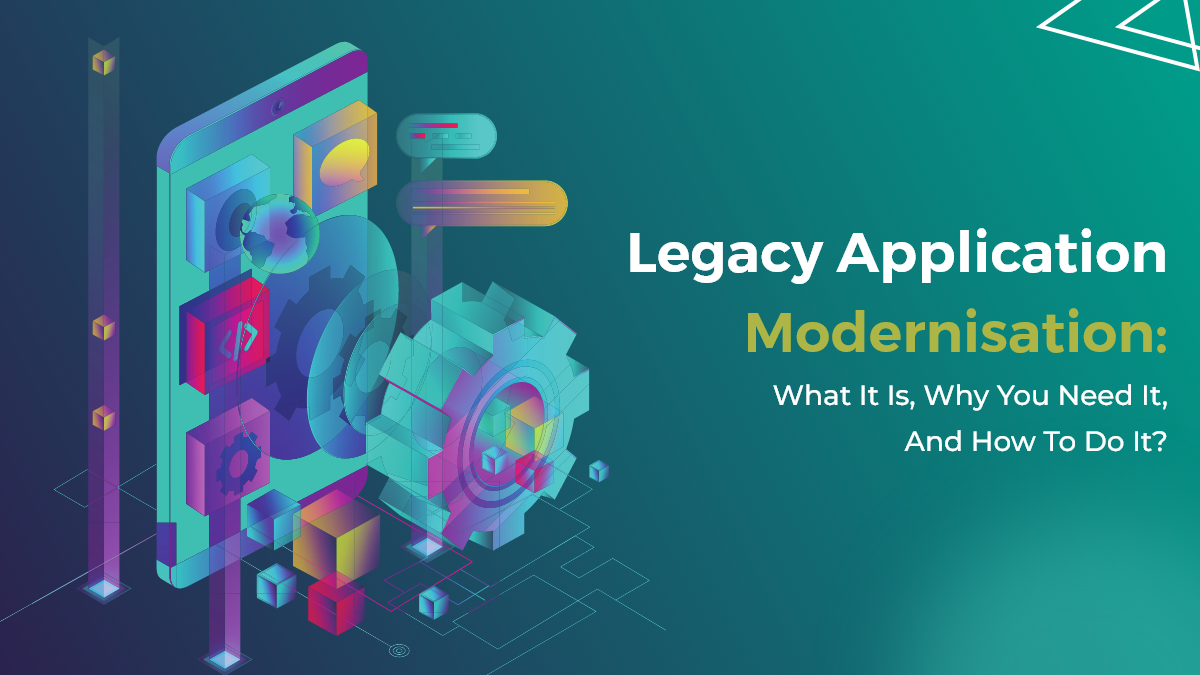
Mobile app development is quickly becoming a necessity for businesses. As the world becomes increasingly digital, companies of all sizes rely on mobile apps to reach customers and increase customer en

Building an App that promotes businesses and acts as a right hand has a separate fanbase! Creating an app for the business plays a fundamental role in elevating business operations, making seamless c

The food delivery application has innovative, game-changing features that will transform the industry from the bottom to the top. According to Statista, the online food delivery market in the UAE has

Over the past decades, the healthcare sector has continuously expanded its wings, moving from traditional to advanced technological processes. This evolution is driven by the sector's unwavering commi

Can you give thought to a week without coffee breaks at cafes? It might not be possible, but earlier, having coffee outside the house was never a thing. So how the tables have changed the corners?
The beacon technology market was valued at 519.6 million U.S. dollars in 2016, and it was estimated to increase at a CAGR of 59.8% to reach about 56.6 billion U.S. dollars in size in 2026. Throughout
Leave a Reply
Your email address will not be publishedDO YOU HAVE ANY PROJECT
Let's Talk About Business Solutions With Us
India Address
57A, 4th Floor, E Block, Sector 63, Noida, Uttar Pradesh 201301
Call Us
+91 853 500 8008
Email ID
[email protected]











